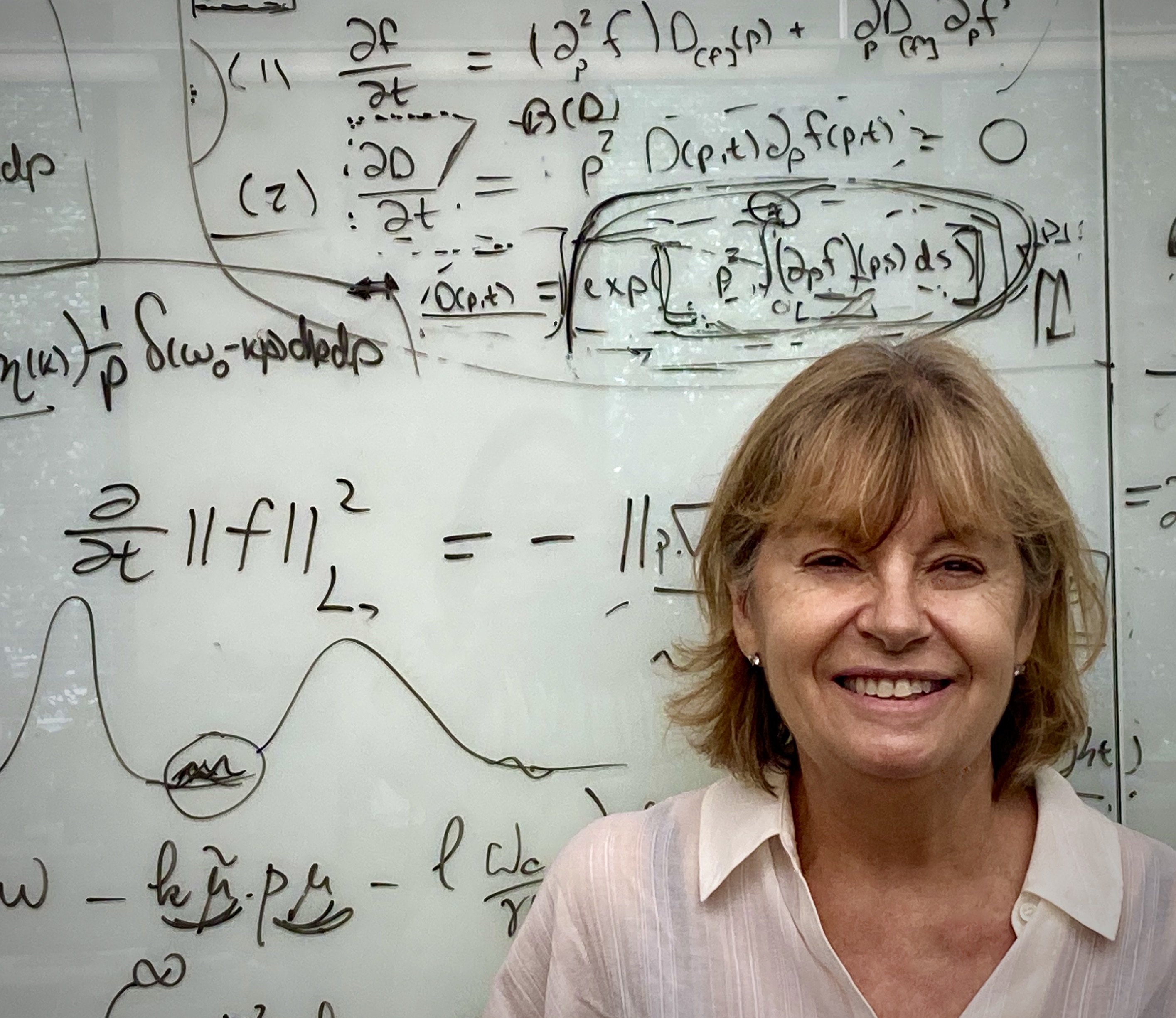It’s 1963 in Mar del Plata and Irene M. Gamba, first grader, is on a stage, a mess of colorful blocks before her. A grown-up voice calls out, “Siete divido por dos,” and Irene’s hands are a blur. After a moment, she shakes her head. You can’t get a whole number from dividing seven by two. The blocks say you can’t.
“In Argentina, we called them regletas, but you might know them as cuisenaire rods,” said Dr. Gamba, professor of mathematics at the University of Texas at Austin and Core Faculty at the Oden Institute for Computational Engineering and Sciences. “I was a master at cuisenaire rods in the first grade. Five was bright yellow and three was light green … I still remember that. Seven was black, one was white. All through my life, numbers have been associated with those colors for me.”
The day Irene Gamba demonstrated her cuisenaire skills in an educational exhibition for nearby schools was the first time she would be called to expound upon her mathematical reasoning before a crowd. It wouldn't be the last time either. Her most recent public appearance was at a presentation on collisional transport for kinetic mean field theories at Cambridge University on May 25, 2022.
“My current research entails the dynamics of highly magnetized plasma modeled by statistical kinetic systems of electron motion coupled to spectral density waves depending on the cyclotronic force,” explained Gamba.
Get Out Your Regletas, Folks.

